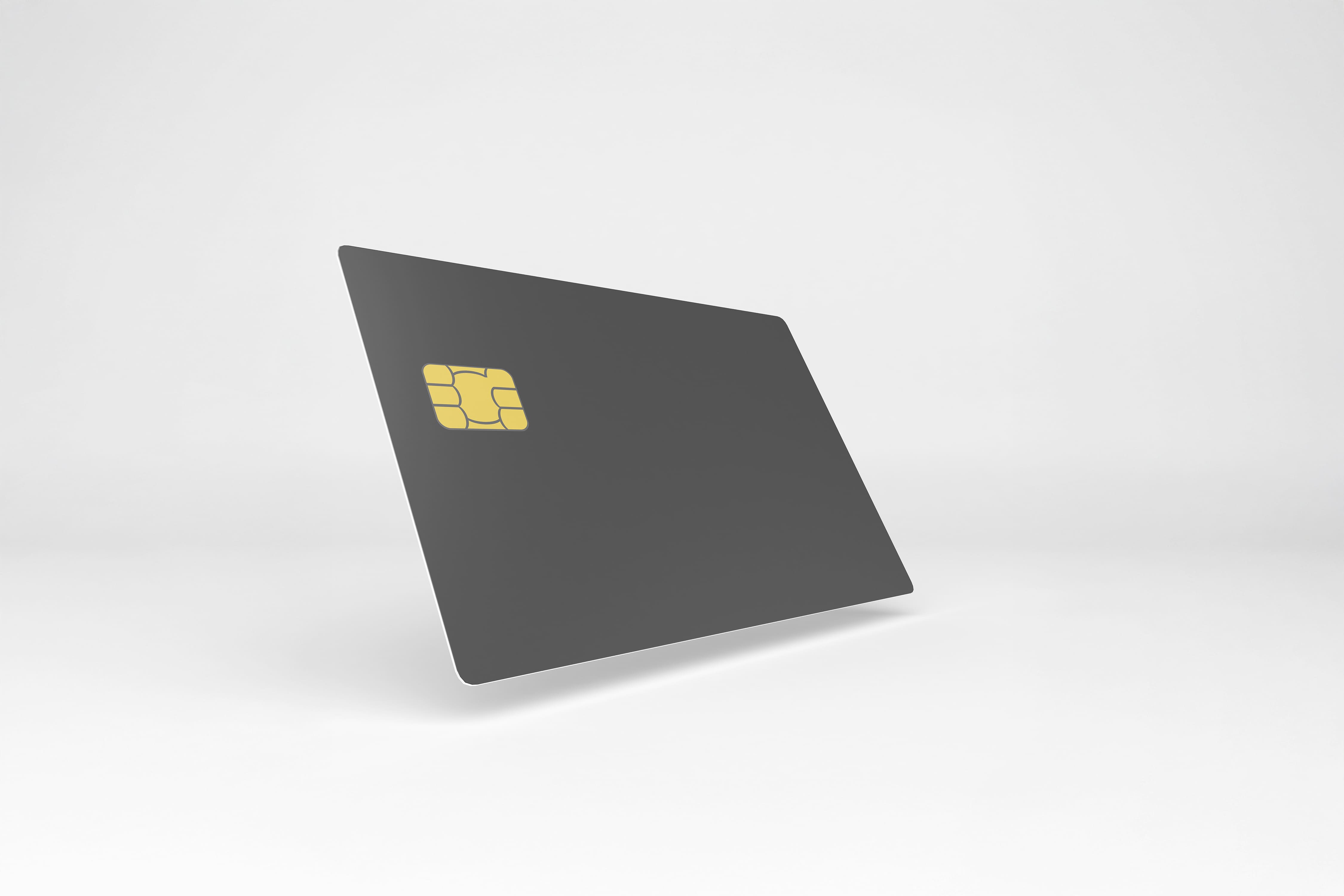From Plastic to Digital: The Changing Face of Card Payments
The evolution of payment cards represents one of the most significant shifts in consumer financial behavior, with digital transformation revolutionizing how we conceptualize, access, and utilize our money in an increasingly cashless society that prioritizes speed, security, and convenience above all else.
The Historical Evolution of Payment Cards
The journey of payment cards began in the 1950s with the introduction of the Diners Club card, the first widely used charge card that fundamentally changed how consumers could make purchases without carrying physical cash or writing checks for each transaction.
By the 1970s, magnetic stripe technology emerged as the standard, allowing cards to store account information that could be read by specialized terminals, creating a more streamlined payment experience that merchants could process quickly while maintaining reasonable security standards for that era.
The 1990s introduced the EMV chip standard (named after Europay, Mastercard, and Visa), significantly enhancing security through dynamic authentication methods that made cards substantially more difficult to counterfeit compared to their magnetic stripe predecessors.
The Digital Wallet Revolution
Digital wallets represent the natural evolution of payment technology, essentially virtualizing the physical card experience by securely storing payment credentials on smartphones and wearable devices that consumers already carry everywhere.
Apple Pay, launched in 2014, marked a watershed moment for mainstream adoption of mobile payments, utilizing tokenization technology that replaces sensitive card details with unique transaction codes to enhance security while simplifying the payment process.
Google Pay and Samsung Pay quickly followed with their own implementations, creating a competitive ecosystem that drove innovation in contactless payments and encouraged banks worldwide to adapt their infrastructure to support these emerging payment methods.
Biometric Authentication and Enhanced Security
Modern payment technologies increasingly rely on biometric authentication methods like fingerprint recognition, facial scanning, and even voice verification to create multi-layered security protocols that dramatically reduce fraud compared to traditional signature-based verification.
Tokenization has emerged as the backbone of digital payment security, generating one-time-use codes for transactions that render stolen data useless for future purchases, effectively neutralizing many common fraud techniques that plagued earlier payment systems.
Advanced fraud detection systems now employ artificial intelligence to analyze transaction patterns in real-time, identifying suspicious activities and blocking potentially fraudulent charges before they’re completed, often without requiring any action from the cardholder.
The Rise of Contactless Payments
Contactless payment technology utilizes near-field communication (NFC) to enable tap-to-pay functionality, eliminating the need to physically insert cards into terminals and significantly reducing transaction times from around 30 seconds for traditional methods to mere seconds.
The COVID-19 pandemic dramatically accelerated contactless payment adoption globally, with consumers and merchants alike embracing touch-free transactions as a hygiene measure that unexpectedly transformed payment preferences in ways that appear permanent even post-pandemic.
Wearable payment devices like smart watches, fitness trackers, and even payment rings have expanded contactless functionality beyond phones and cards, embedding payment capabilities into everyday accessories that consumers already incorporate into their daily routines.
Integration with E-commerce and Mobile Applications
Payment cards have transcended their physical limitations through seamless integration with e-commerce platforms, allowing consumers to store card information securely for one-click purchasing experiences that dramatically reduce checkout friction and abandoned cart rates.
Mobile applications now frequently incorporate embedded payment functionality, enabling everything from in-app purchases to peer-to-peer transfers without requiring users to manually enter card details for each transaction or switch between multiple applications.
Subscription-based services have flourished in the digital payment ecosystem, utilizing stored payment credentials to facilitate recurring billing that powers everything from streaming services to software subscriptions with minimal consumer effort after initial setup.
 Fonte: Pixabay
Fonte: PixabayConclusion
The transformation from plastic cards to digital payment methods represents a fundamental shift in how financial transactions occur, offering unprecedented convenience while simultaneously enhancing security through advanced technologies that were unimaginable when payment cards first appeared.
This evolution continues to accelerate as financial institutions, technology companies, and retailers collaborate to create increasingly seamless payment experiences that blend into consumers’ daily lives while addressing legitimate concerns about privacy, security, and accessibility across diverse populations.
The future of payments likely involves further dematerialization, with physical cards potentially becoming legacy artifacts as biometric authentication, invisible payments, and blockchain-based solutions continue to reshape how we conceptualize the exchange of value in an increasingly digital economy.
Frequently Asked Questions
Are digital wallets more secure than physical payment cards?
Digital wallets typically offer enhanced security through tokenization, biometric authentication, and device-level encryption that provides multiple layers of protection beyond what physical cards can deliver.Do merchants pay higher fees for accepting contactless or digital wallet payments?
Most payment processors charge similar fees for contactless transactions as they do for chip-based transactions, though implementation costs for updated terminal technology may initially impact smaller merchants.What happens if I lose my phone with digital payment methods enabled?
Unlike physical cards, digital wallets can be remotely disabled through account management tools without affecting your actual card account, and biometric requirements prevent unauthorized usage.Can digital payment methods work without internet connectivity?
Some digital wallets support limited offline transactions using pre-authorized tokens, though most require at least intermittent connectivity to process payments and update security protocols.Will physical payment cards eventually disappear completely?
While digital adoption continues to grow rapidly, physical cards will likely remain available for the foreseeable future to accommodate technology gaps, personal preferences, and accessibility needs across diverse populations.


